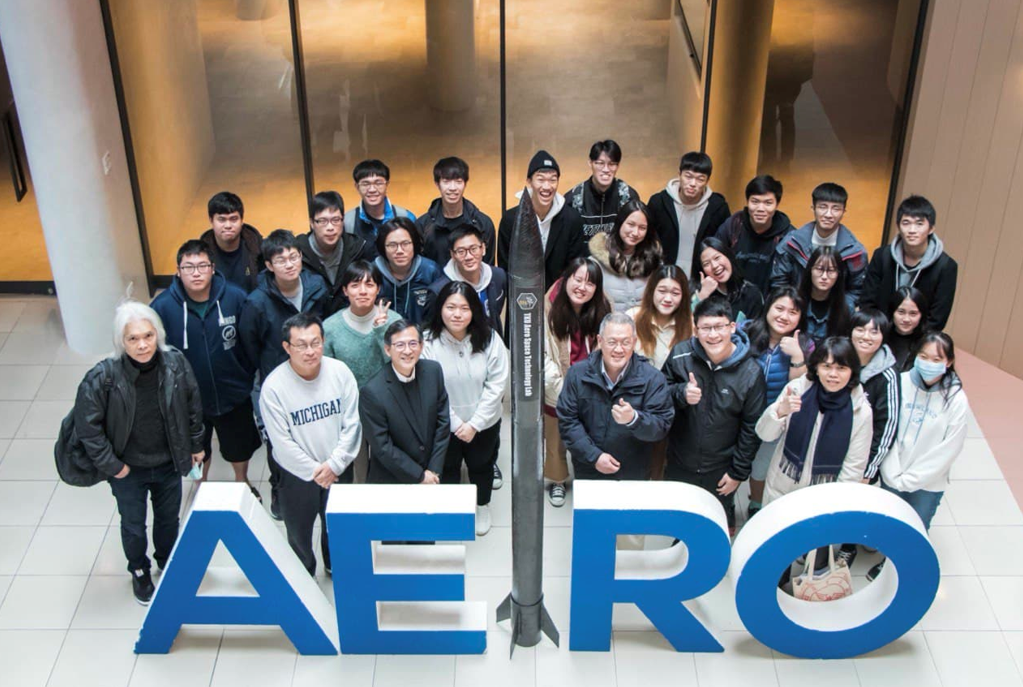Space Technology Lab

Space Technology Lab (STL) was officially established in 2017, and its members are mainly comprised of undergraduate students. The students are organized into teams according to their interests in design, structure, avionics, and propulsion.
With liberal academic ethos and practical operations, team members can not only apply the knowledge learned in classes, but also learn extra-curricular knowledge. Currently, we are also promoting the scientific and educational values of space technology by including more payloads on rockets. Up to now, a few times of successful launch of students; self-designed small-rockets have been made. The most recent launch was just held on December 18 of 2021, and the launched small-rocket and the observational data was able to be collected back.
Following are descriptions of the teams in our lab:
Design
The design team is responsible for the overall design and simulation of the rocket. They coordinate among the teams according to the mission objectives to achieve the most ideal design.
Structure
The structure team is responsible for the lightweight structure and the manufacture of the rocket shell.
Avionics
The avionics team is responsible for developing and verifying avionics systems.聽In 2021, the avionics team is taking a different approach from the previous projects. We are using modern development tools to modularize the software while mitigating the overall complexity of both hardware and software. Also, we are developing advanced avionics software to increase the accuracy of data collected by sensors. In the end, with continuous development, we are paving the way for the future avionics system capable of real-time processing and bidirectional communication.
Propulsion
The propulsion team is responsible for the design and manufacture of the engine.
In addition, students also compose teams to join Cubesat Mission Design Contest held by NSPO since the year of 2017, under supervisions of faculty members guiding the Space Technology Lab. The teams have won the 2 nd prize in the contest of 2017. Recently, two teams just won the 1 st and 3 rd prizes separately in the contest of 2021, for the creativity and integrity in their mission design.
All partners who are passionate about space technology are here in this lab. We will continue to overcome various challenges in the future and aim to contribute our experiences and results to the community.
Rocket-Aurora

- Total length
- 2.66 meter
- Diameter
- 0.15 meter
- Total weight
- 12 kilograms
The outer layer of the rocket shell is covered with carbon fiber composite material, and the inner layer is reinforced by 3D printing made of PLA.

